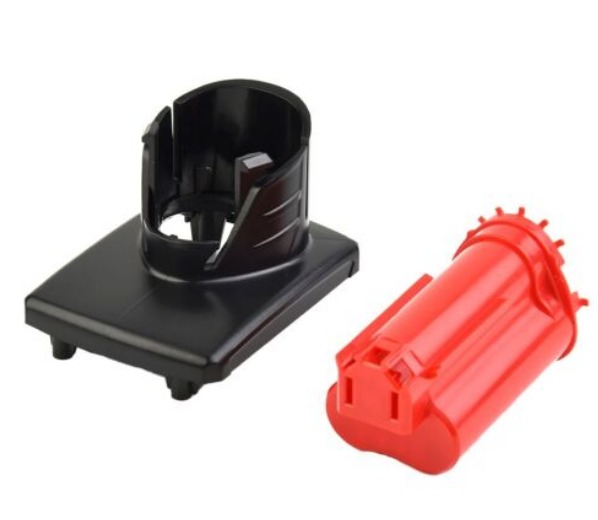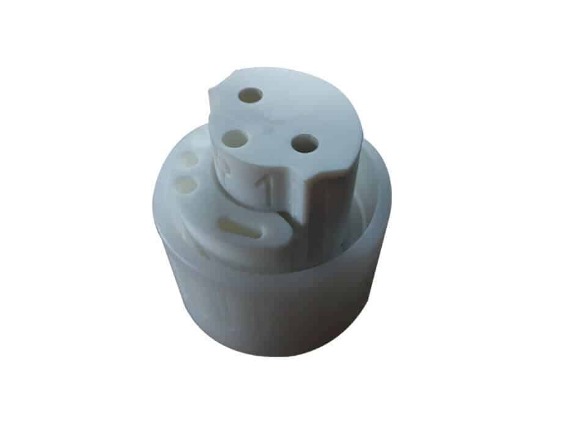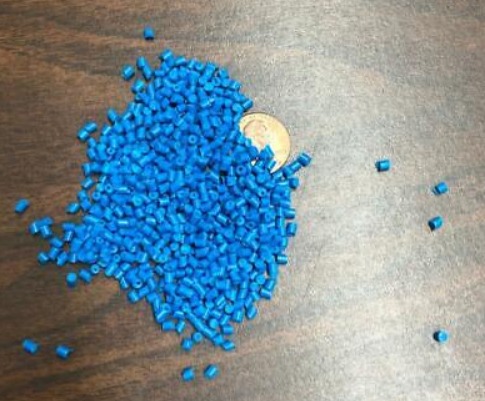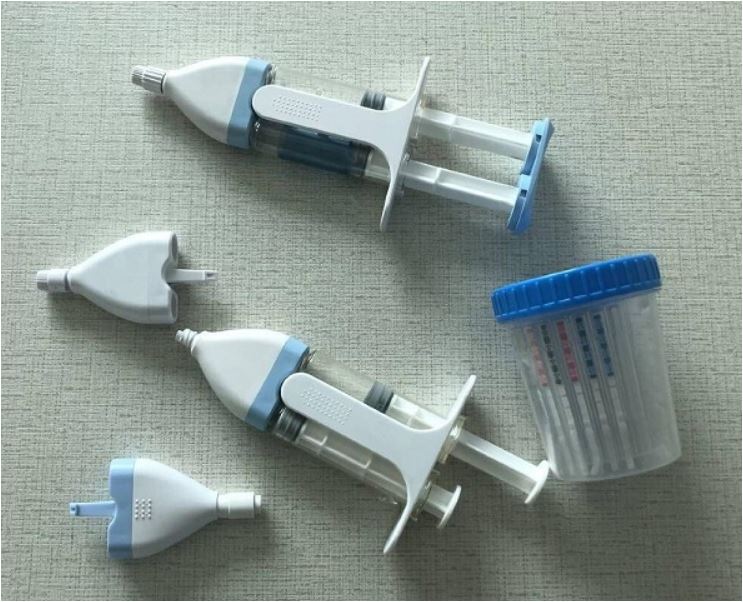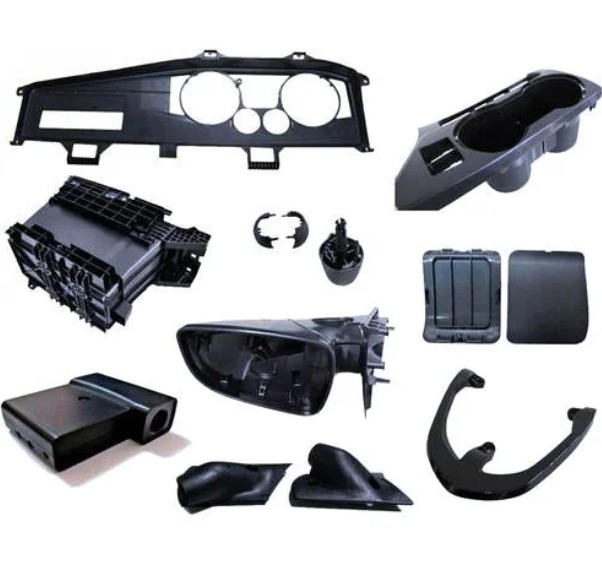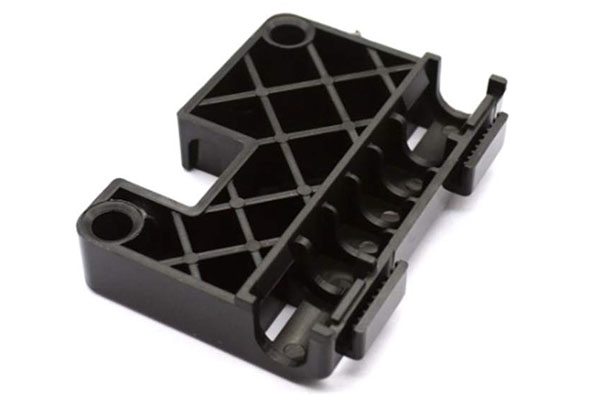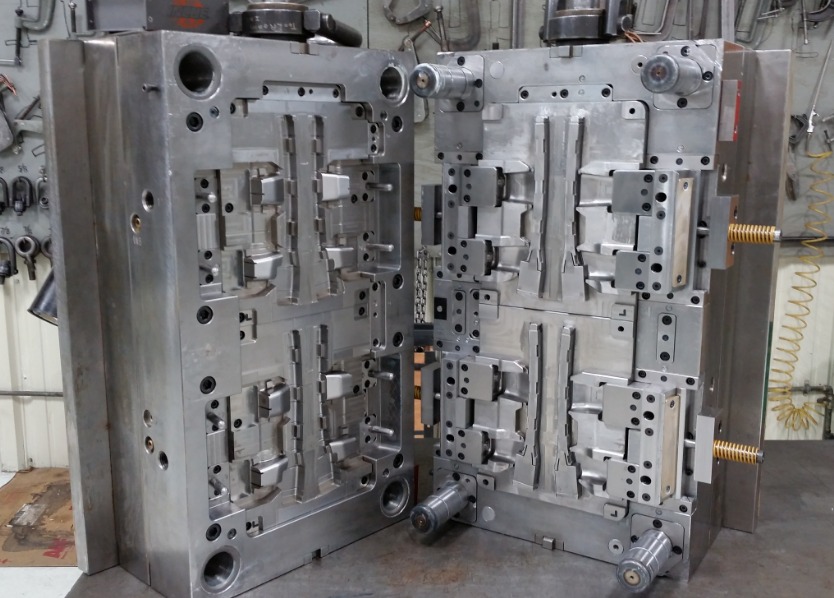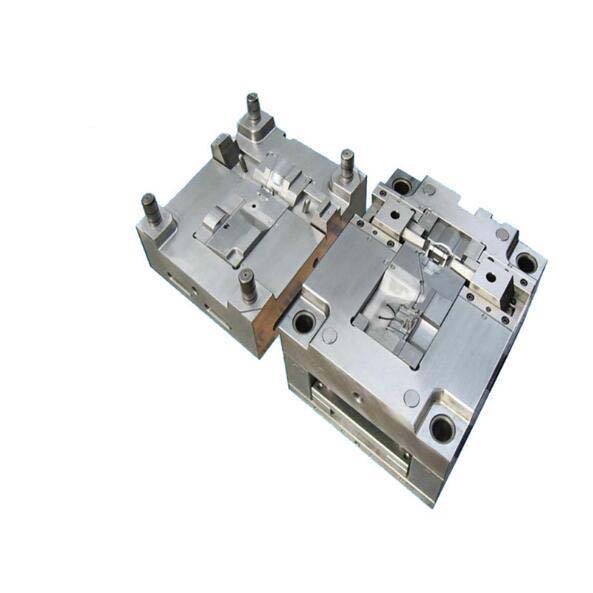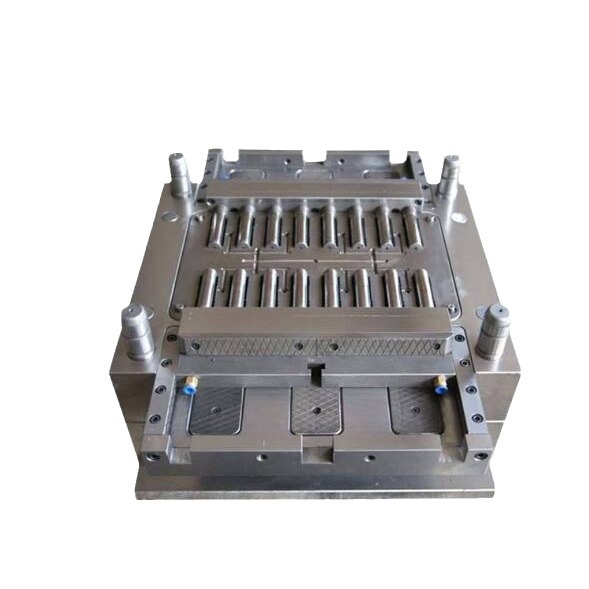Introduction
Unveiling the World of Injection Molding
Injection Molding stands as a cornerstone in the vast realm of modern manufacturing. It's a process that has revolutionized the way products are made, touching nearly every industry we encounter in our daily lives, from the tiny components in our smartphones to the large parts in automobiles. But have you ever wondered how this remarkable manufacturing method came to be? How did it evolve from a simple concept to a high - tech, mass - production powerhouse? In this article, we will embark on a journey through time, exploring the history of Injection Molding from its humble beginnings as an invention to its current state of enabling large - scale production. By understanding its past, we can better appreciate its present capabilities and anticipate its future advancements.
The Birth of Injection Molding
The First Spark: Invention Era
The history of Injection Molding dates back to the 19th century. In 1872, John Wesley Hyatt, an American inventor, patented a method that was a precursor to modern injection molding. Hyatt was trying to find a substitute for ivory, which was in high demand but becoming scarce. He experimented with celluloid, a plastic - like material made from cellulose nitrate and camphor. His process involved heating the celluloid in a cylinder and then using a plunger to force it into a mold cavity. This simple yet revolutionary concept laid the groundwork for what was to come.
Another significant development came in 1909 when Leo Baekeland invented Bakelite, the world's first synthetic plastic. Bakelite was a thermosetting plastic, which meant it hardened irreversibly when heated. Although the early methods of working with Bakelite were not as refined as today's injection molding, it opened up new possibilities for mass - producing plastic products. The invention of Bakelite led to the development of new molding techniques, and injection molding soon emerged as a more efficient way to shape this new material.
These early inventors faced numerous challenges. The materials available at the time were not as versatile as modern plastics, and the equipment was primitive. For example, the heating and cooling systems were not precise, leading to inconsistent product quality. But their perseverance and innovation set the stage for the evolution of injection molding from a basic concept to a sophisticated manufacturing process.
Early Development Stages
Initial Hurdles and Breakthroughs
In the early days of injection molding, the technology faced several significant hurdles. One of the major challenges was the limited range of materials available. The early plastics like celluloid and Bakelite had their own drawbacks. Celluloid was flammable, which was a major safety concern, and Bakelite, being a thermosetting plastic, could not be remelted and reused once it was set. This lack of material flexibility restricted the types of products that could be made and the efficiency of the production process.
Another issue was with the equipment. The early injection molding machines were relatively simple in design. The heating systems were not precise, leading to inconsistent melting of the plastic materials. This often resulted in products with uneven quality, such as parts having different thicknesses or surface imperfections. The cooling systems were also basic, which meant longer production cycles as the molds had to cool down naturally.
The molds themselves were also a problem area. Early mold materials had limitations in terms of durability and precision. For example, the metals used for molds were not very wear - resistant. When the molten plastic was injected into the mold at high pressure, the mold surface would gradually wear out, leading to a loss of dimensional accuracy in the products. This meant that molds had to be replaced frequently, increasing production costs.
However, over time, there were several breakthroughs. In terms of materials, new types of plastics were developed. Thermoplastics, which could be melted and remolded multiple times, emerged as a game - changer. Polystyrene, polyethylene, and polypropylene were among the early thermoplastics that became popular for injection molding. These materials offered better flexibility, were less brittle than the earlier plastics, and could be used to create a wider variety of products.
On the equipment front, significant improvements were made to the heating and cooling systems. Precise temperature control became possible, allowing for more consistent melting and cooling of the plastic. This led to better - quality products with fewer defects. The development of more powerful injection mechanisms also meant that higher - pressure injection could be achieved, enabling the production of more complex and detailed parts.
Mold materials also saw major advancements. Steel alloys with better wear - resistance and heat - resistance properties were developed. These new mold materials could withstand the high - pressure injection of molten plastic and the repeated heating and cooling cycles without significant wear or deformation. This not only improved the quality of the products but also reduced the frequency of mold replacements, making the injection molding process more cost - effective.
Technological Advancements Leading to Mass Production
Key Innovations
Over the years, several key innovations have propelled injection molding into the era of mass production. One of the most significant areas of development has been in the injection molding machines themselves.
In the early days, injection molding machines were relatively simple, with basic mechanical components. For example, the early models had manual or semi - manual operation, which was time - consuming and labor - intensive. However, with technological progress, modern injection molding machines have become highly sophisticated pieces of equipment. They are equipped with advanced servo - hydraulic systems or all - electric drives. All - electric injection molding machines, for instance, offer higher precision in controlling the injection process. They can achieve more accurate control of parameters such as injection speed, pressure, and screw rotation, which is crucial for producing high - quality, consistent products in large quantities.
Let's take a look at a comparison of some key parameters of early and modern injection molding machines:
| Parameter | Early Machines | Modern Machines |
| Injection Pressure (MPa) | Around 50 - 80 | Up to 200 or more |
| Shot Size (cm³) | Limited, often less than 100 | Can be several thousand, depending on the machine size |
| Control Precision | Low, with manual adjustments | High, often controlled by computer - based systems with sub - millimeter precision |
| Energy Efficiency | Low, high power consumption | High, with energy - saving features like servo - motors |
Another major innovation is the introduction of automation technology. Automation has revolutionized the injection molding process by reducing human error and increasing production speed. Automated robots can be used to load and unload molds, trim excess plastic (known as flash), and even perform quality inspections. In a fully automated injection molding factory, these robots can work 24/7, significantly increasing the production output. For example, in the production of plastic bottle caps, automated injection molding lines can produce thousands of caps per hour, with high precision and consistency.
Material Expansion
The range of materials available for injection molding has also expanded significantly over time, which has had a profound impact on mass production. In the early days, the choice of materials was limited to a few types of plastics like celluloid and Bakelite. However, today, there is a vast array of materials to choose from, each with its own unique properties and applications.
Thermoplastics remain the most commonly used materials in injection molding. Polyethylene (PE), for example, comes in different densities such as low - density polyethylene (LDPE) and high - density polyethylene (HDPE). LDPE is known for its flexibility and is often used in the production of plastic bags, films, and containers for food packaging. HDPE, on the other hand, has higher strength and rigidity, making it suitable for applications like pipes, large - scale storage containers, and automotive parts.
Polypropylene (PP) is another widely used thermoplastic. It has excellent chemical resistance, high melting point, and good mechanical properties. PP is commonly used in the production of automotive interior components, such as dashboards and seat covers, as well as in consumer goods like kitchenware, due to its heat resistance and durability.
Engineering plastics have also gained popularity in injection molding for mass production. Materials like polyamide (PA), also known as nylon, are valued for their high strength, wear resistance, and self - lubricating properties. PA is often used in the manufacturing of gears, bearings, and other mechanical components that require high - performance materials. Polycarbonate (PC) is another engineering plastic with outstanding impact resistance, high transparency, and heat resistance. It is commonly used in the production of electronic device housings, automotive lighting components, and safety equipment.
In recent years, there has also been a growing trend towards using sustainable materials in injection molding. Biodegradable plastics, such as polylactic acid (PLA), are made from renewable resources like corn starch or sugarcane. PLA is increasingly being used in applications where environmental concerns are a priority, such as disposable cutlery, food containers, and packaging materials. These sustainable materials not only meet the demands of mass production but also contribute to reducing the environmental impact of plastic waste.
The Age of Mass Production
High - Volume Manufacturing Realized
With the advancements in technology and materials, injection molding has become the go - to method for high - volume manufacturing. The efficiency of modern injection molding processes is truly remarkable. For example, in a typical automotive parts manufacturing plant, a single injection molding machine can produce hundreds of plastic interior components, such as door handles or dashboard inserts, per hour. Some high - speed injection molding machines are capable of producing small plastic parts, like connectors for electronic devices, at a rate of thousands per hour.
This high - volume production has also led to significant cost - savings. According to industry reports, as the production volume of injection - molded products increases, the unit cost can drop substantially. For instance, when a company starts producing 10,000 plastic containers per month through injection molding, the unit cost might be \(2. But as the production volume ramps up to 100,000 per month, the unit cost can decrease to around \)1.2. This cost - reduction is due to factors such as better utilization of raw materials, amortization of the high - cost molds over a larger number of products, and increased efficiency in the production process.
Moreover, the waste generated during injection molding has been minimized over time. In the past, the mismatch between the amount of plastic injected and the actual product requirements often led to a significant amount of scrap. However, with the development of more precise injection control systems, the amount of waste has been reduced to as low as 5 - 10% in many cases, further contributing to cost - effectiveness in mass production.
Industry - Wide Applications
Injection molding has found its way into nearly every industry, playing a crucial role in product manufacturing.
Automotive Industry:In the automotive sector, injection molding is used to create a wide range of components. For example, bumpers are often made through injection molding using materials like polypropylene (PP) due to its impact resistance and cost - effectiveness. Interior parts such as seat covers, floor mats, and instrument panels are also commonly injection - molded. These parts are not only functional but also contribute to the aesthetics of the vehicle. A modern car can have hundreds of injection - molded plastic parts, which can account for up to 50% of the total number of parts in the vehicle in terms of quantity.
Electronics Industry:The electronics industry heavily relies on injection molding for the production of device housings, connectors, and small components. Smartphones, for example, have injection - molded plastic frames and back covers. Materials like acrylonitrile butadiene styrene (ABS) or polycarbonate (PC) are used for their strength, heat resistance, and ability to protect the delicate internal components. The precision required in the electronics industry is extremely high, and injection molding can meet these demands, producing components with tight tolerances. For instance, the tiny connectors inside a laptop that transfer data and power are often injection - molded with a tolerance of less than 0.1mm.
Medical Industry:In the medical field, injection molding is used to produce a variety of disposable and non - disposable products. Syringes, IV connectors, and medical device housings are commonly made through injection molding. The materials used in medical injection molding must meet strict biocompatibility and sterilization requirements. For example, medical - grade polypropylene is often used for syringe barrels as it is non - toxic, easy to sterilize, and has good chemical resistance. These injection - molded medical products are crucial for patient care and must be produced with the highest quality standards to ensure safety and functionality.
Yigu Technology's Perspective
As a non - standard plastic metal products custom Supplier, Yigu Technology views the history of injection molding as a journey of continuous innovation and breakthroughs. We understand that in the era of mass production, precise mold design and material selection are of utmost importance. These factors are crucial for ensuring product quality and production efficiency.
Over the years, we have accumulated rich experience in handling various injection - molding projects. Our team of experts is well - versed in the characteristics of different materials and can provide customized solutions for our clients. For example, when choosing materials, we take into account factors such as the product's application environment, mechanical properties requirements, and cost - effectiveness. In terms of mold design, we use advanced CAD/CAM technology to optimize the mold structure, reducing the occurrence of defects and improving the production cycle. We believe that by leveraging our professional knowledge and experience, we can help our clients achieve their production goals and create high - quality products that meet market demands.
